SAD Doggy? Smart Doggy!
THE KEY CONCEPT : Scientists have discovered a special muscle that makes dogs look sad. It gives animators permission to apply this pattern to far more faces than just canines. |
What frees up artists who portray animal characters to ignore this inconvenient truth is the fact that we assume the opposite. Once we perceive that a face is present – be it a bird, an animal, or even the front end of a car – we unconsciously expect that it will express emotion in a humanly-recognizable way. This applies not only to highly-stylized and obviously non-literal creatures or objects, such as Donald Duck or Thomas the Tank Engine, but also to the current generation of live-action/CGI animals, so detailed and convincing that they seem to have walked straight out of a National Geographic documentary. Live-action/CGI directors and producers, however, having invested so much time and money in such picture-perfect realism, are understandably reluctant to employ human-like expressions on their expensive masterpieces, concerned that any hint of anthropomorphism will make their creations look "fake", or cartoony.
THEY NEED NOT WORRY
If we see a sad-looking cat in a photograph (typically an accident of fur configuration, lighting, or camera angle), we don’t think, “Man, that’s weird – cats can’t do that”; we think instead, “Poor little kitty!” That same reaction applies to the whole animal kingdom. I’m sure you have seen samples of the thousands of photographs of “emoting” animals available via a quick Google search, and never thought for a minute about its zoological accuracy. (For example, see the ridiculous smiling hippo that has fooled many an internet surfer.)
| Figure 2: "You talking to me?” This impassive cat face is representative of the static quality of feline expressions; there are no muscles that can create expressive movements around the cat's eyes, in spite of the many photos of sad, angry, or surprised cats one can find on the internet. | Figure 3: "No more milk for me?" No one can fail to relate to this photo as that of a sad cat, no matter that there is 0% chance that the cat is feeling what it appears to feel. I don’t know what unrelated physical element is drooping and tilting the upper eyelid, but it’s NOT something the cat is controlling. |
Now a group of scientists have added a fascinating new wrinkle to this discussion. I’ve previously included photos of dogs with a clearly-humanoid, distressed-looking brow that appears to be more than just an accident or a strange camera angle. A just-published article reveals that dogs have actually developed a specialized brow-lifting muscle specifically for this movement (!), and it is not one that their wild ancestors – wolves – have in their kit. It seems that dogs, once they began hanging around people, learned that when they pose with sad, plaintive eyes, it captured their masters’ nurturing attention. Amazingly, their anatomy has evolved to make that movement both possible and very much like its human counterpart. Good doggy! Smart doggy!
| Figure 4: In this side-by-side comparison of dog and wolf facial musculature, the specialized eye muscle (levator anguli oculi medialis) that researchers found on dogs but not wolves is diagrammed in red. When the levator muscle contracts, it pulls the inner corner of the dog’s brow upwards and inwards, mimicking the human expression of Distress. Since muscles do not survive as fossils, there is no evidence as to how long ago dogs developed this anatomical feature. Dog domestication itself began at least 35,000 years ago. |
WHAT ABOUT CGI ANIMALS IN LIVE-ACTION FILMS?
Which brings me to the live-action/CGI film, “The Jungle Book” (2016) which I saw as a HUGE missed opportunity. Now that we have it on good authority that wolves (a big part of "The Jungle Book" CGI cast) don’t have the dog’s inner eyebrow-lifting muscle, it’s literally correct that they can't look sad like dogs. But would anyone seriously argue that, after thousands of years and billions of humans responding sympathetically to dogs with distressed eyes, anyone would see CGI wolves as “unreal” if they looked sad in the same way as dogs? And, if you think a wolf looking plaintive is unrealistic, how about a wolf talking? Hey, you can’t have it both ways!
In Figure 6 below, I have illustrated what I wished the animators had done with their inexpressive wolf faces in “The Jungle Book,” and what I would recommend future animators consider doing with their, for example, photo-realist grizzlies, wombats, and toucans. (See Figures 7-12 below) Audiences will love it; no one will question the “naturalism;” and, a torch will have been lit for including expressive “real” animals in the coming generation of live-action/CGI, photo-realist films.
BELIEVE ME, YOU CAN MAKE A GOOD THING BETTER!
I end this blog by applying the "Distressed Eye" to other creatures of the Animal Kingdom. It is my considered professional opinion that the sad version of each of these animal photos (Figures 8, 10 & 12 - photo-shopped by me) is equal in “realism” to the unaltered originals (Figures 7, 9 & 11) and much more expressive and relate-able. After all, for directors, character designers, animators and riggers, zoological accuracy for its own sake is not the goal; it's entertainment!
| Want to read what dog owners have to say about doggy facial expressions? Here's a recent blog post from www.YourDogAdvisor.com. Want to read more Faigin Face Blogs about animal facial expressions? We recommend:
|
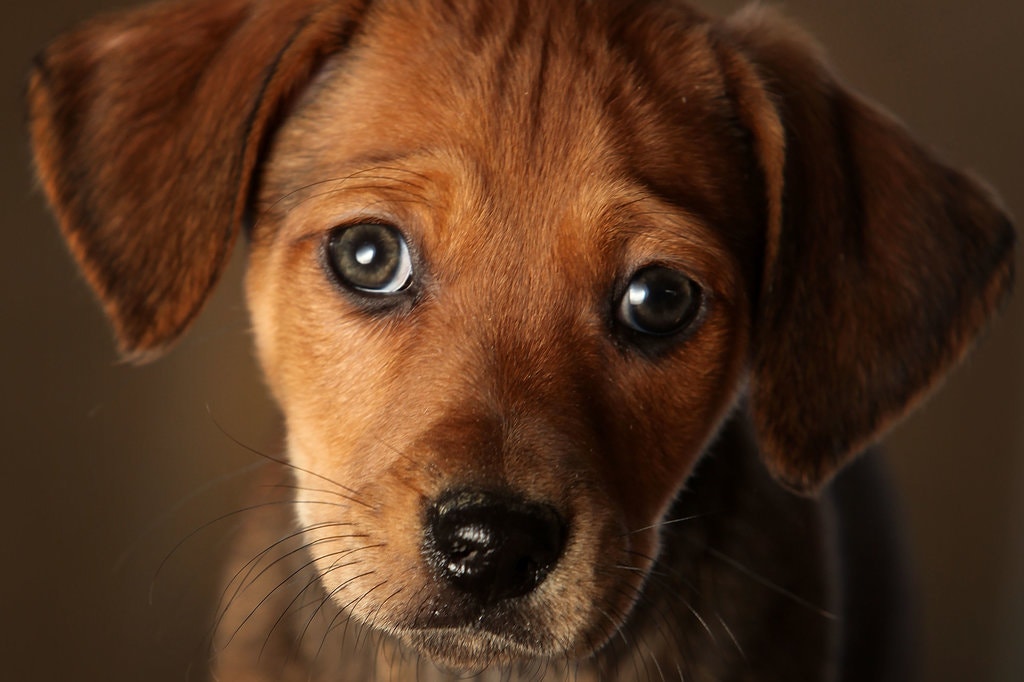
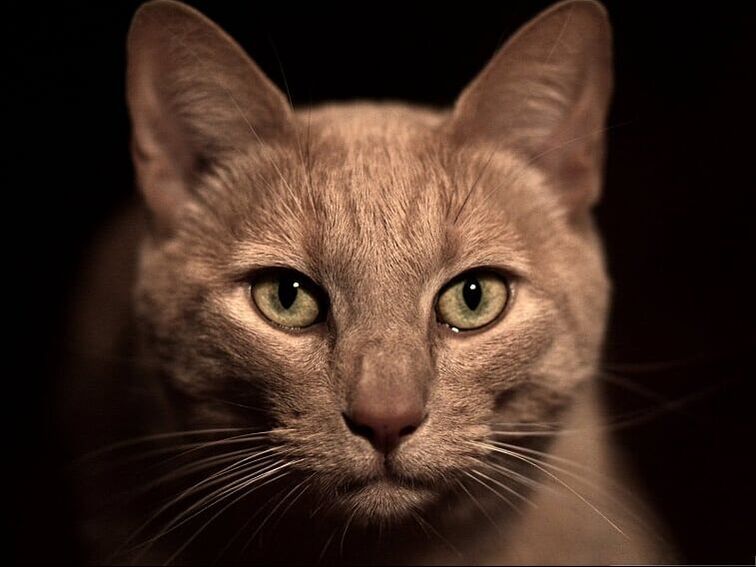

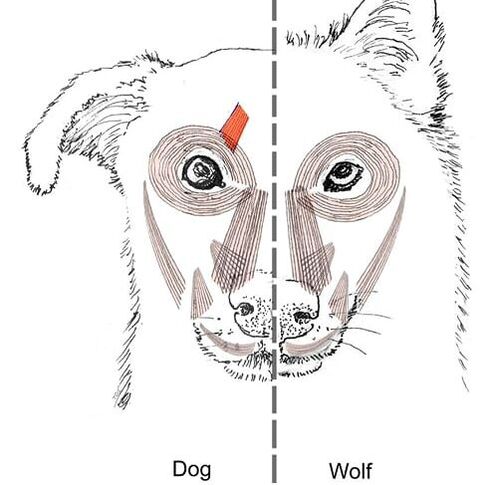
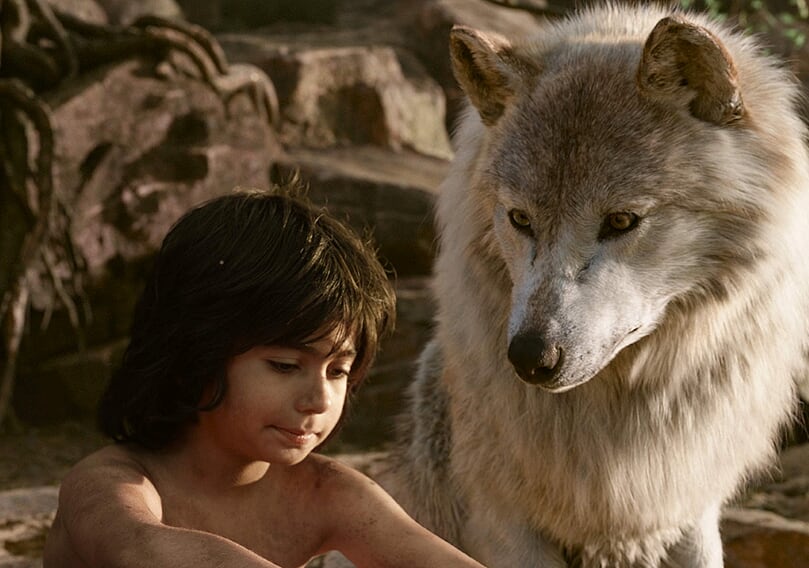

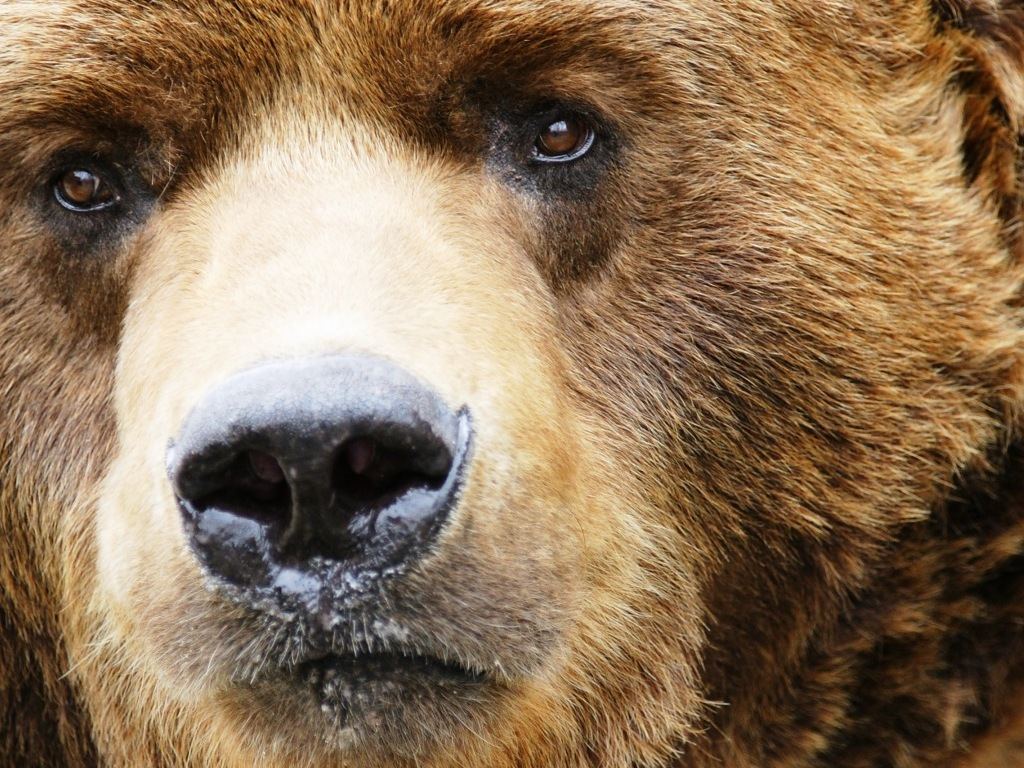
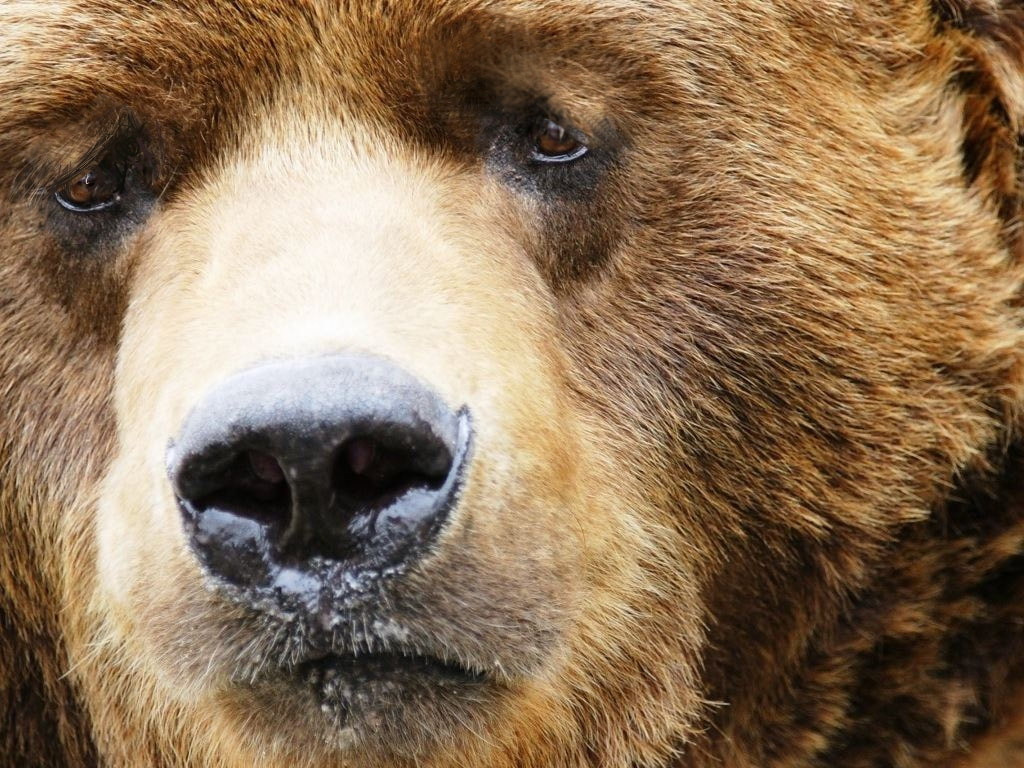

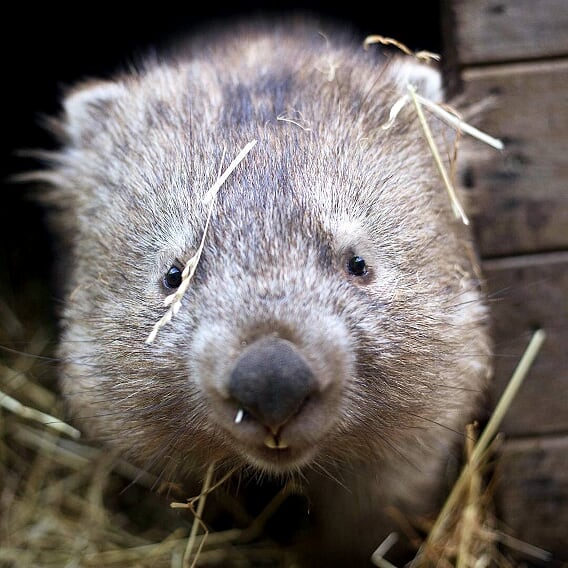

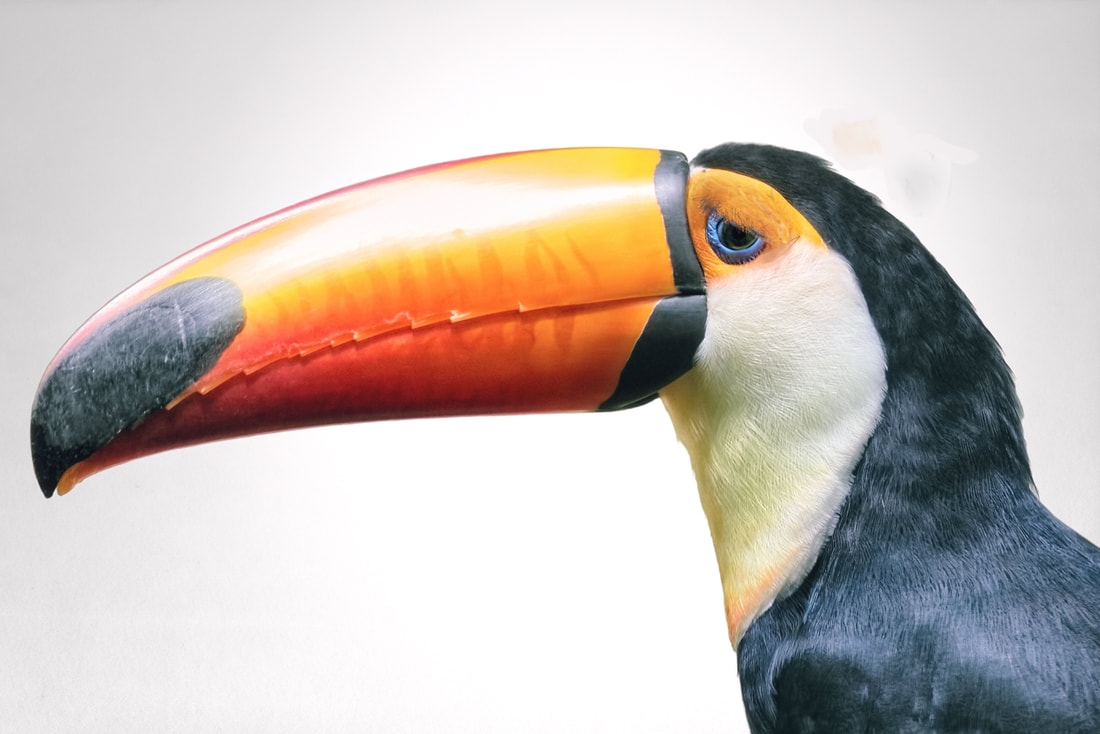
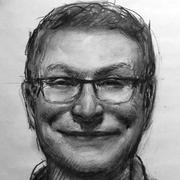
 RSS Feed
RSS Feed